In the animal kingdom every creature plays its part—even the annoying ones. These animals, often overlooked or met with disdain, are key players in the ecosystems that support our existence. From buzzing insects to seemingly pesky rodents, their roles are often underappreciated. Here’s a list of 15 such animals whose contributions might just change your perspective on them.
1. Bees
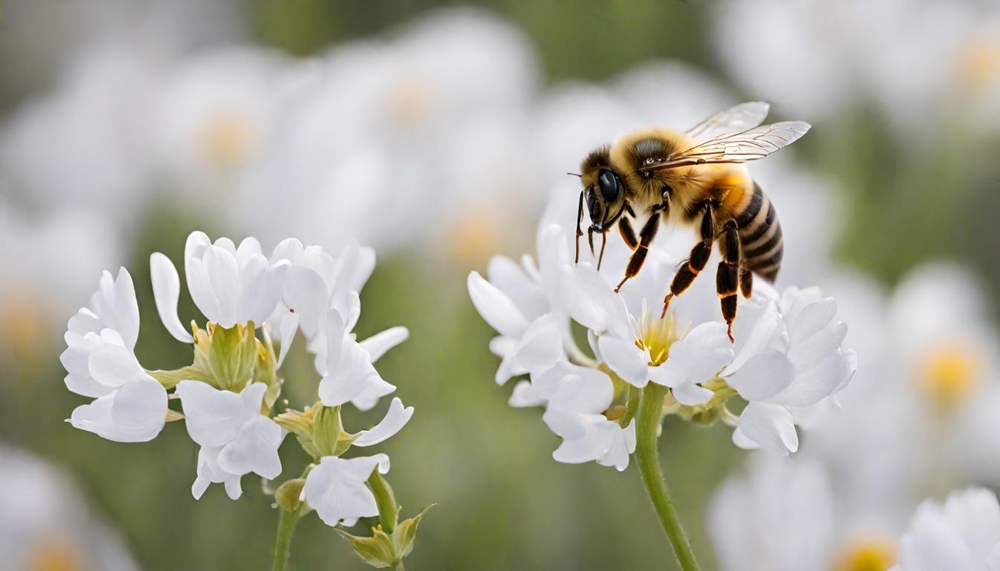
You probably associate bees with painful stings or the buzzing that interrupts your picnic. However, their role goes far beyond being an annoyance; they are vital pollinators responsible for the growth of about 70% of the crops that feed 90% of the world. Without them, the abundance of fruits, vegetables, and nuts would plummet, causing a ripple effect throughout the food chain. The University of California, Davis highlights that bees contribute over $15 billion to the U.S. economy by pollinating crops.
Their value is so significant that scientists and farmers are working together to combat Colony Collapse Disorder, a mysterious phenomenon causing mass die-offs in bee populations. Losses like these not only threaten biodiversity but also the global food supply. Efforts to create bee-friendly habitats and reduce pesticide use are crucial steps. Next time you hear that familiar buzz, remember that these little creatures are essentially nature’s unpaid agricultural workers.
2. Bats
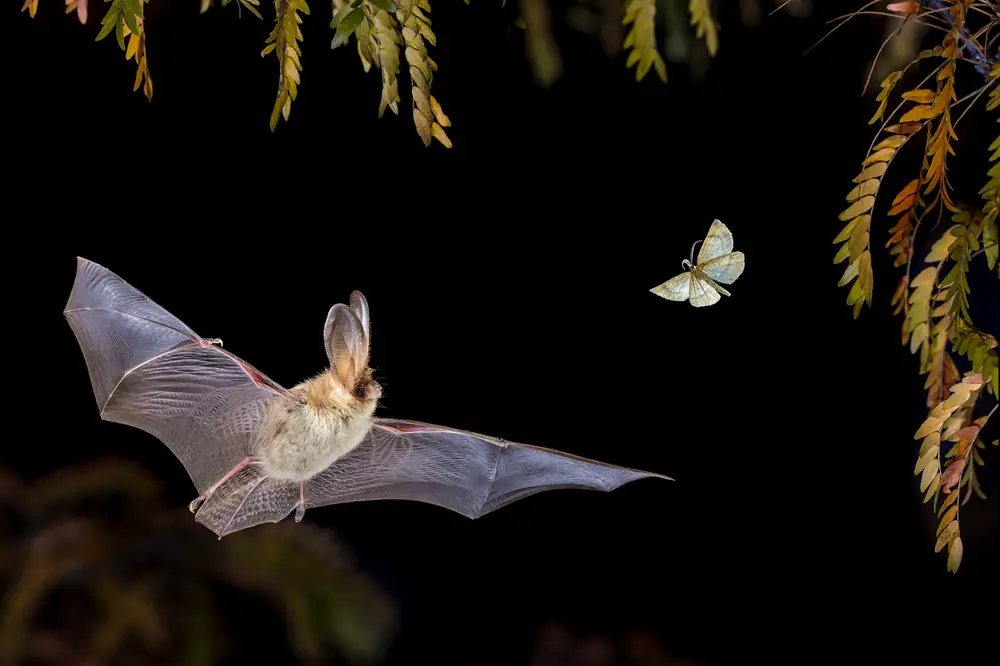
Bats might not be the most glamorous of creatures, often relegated to roles in horror stories or Halloween decor. Yet, they perform the vital task of pest control by consuming vast amounts of insects, including mosquitoes and agricultural pests. This natural regulation helps reduce the need for chemical pesticides, making our environment and agricultural products safer. Additionally, bats are pollinators like bees, aiding the reproduction of various plants and trees.
Their guano, or bat droppings, is a highly effective fertilizer due to its rich nitrogen, phosphorus, and potassium content. It’s a natural resource that’s been used for centuries to enhance soil health. Despite their benefits, many bat species are endangered due to habitat destruction and diseases like White-nose Syndrome. Protecting these flying mammals ensures the health of ecosystems and the sustainability of agricultural practices.
3. Earthworms
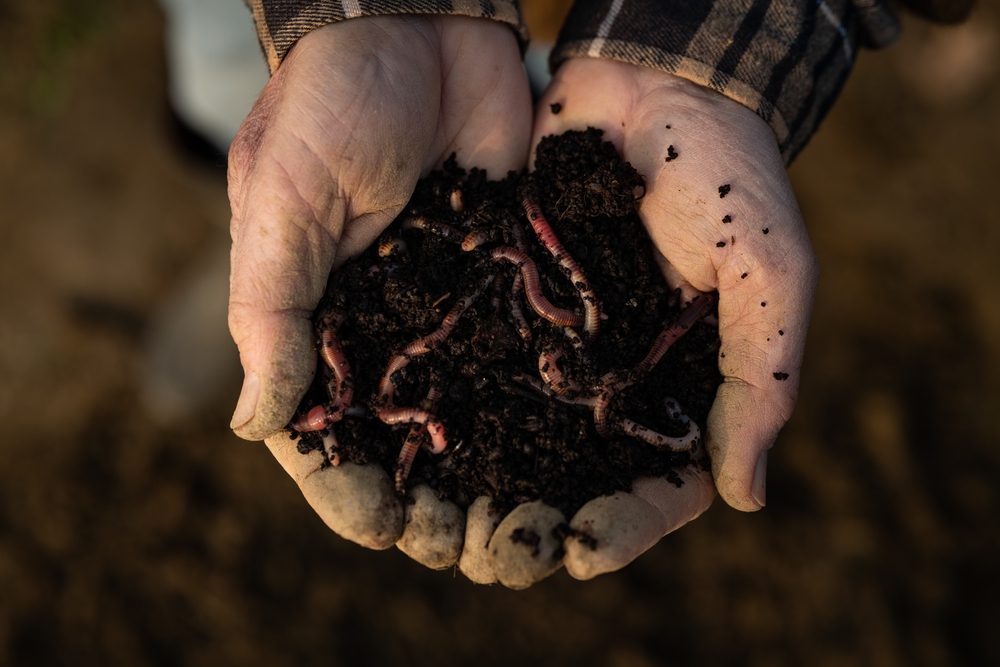
Earthworms are the unsung heroes of soil fertility. Though they might seem slimy or unpleasant to touch, these creatures aerate the soil, improve its drainage, and break down organic matter into nutrient-rich humus. This process enhances soil structure and fertility, supporting plant growth and agricultural productivity. According to the Soil Science Society of America, healthy populations of earthworms can increase crop yields by up to 25%.
Without earthworms, soil would become compacted, nutrient-poor, and less able to support plant life. Their presence indicates a healthy ecosystem, and their activities play a central role in carbon cycling and organic matter decomposition. Encouraging earthworm populations through sustainable land management practices is essential. When you see an earthworm in your garden, it’s a sign that your soil is thriving.
4. Spiders
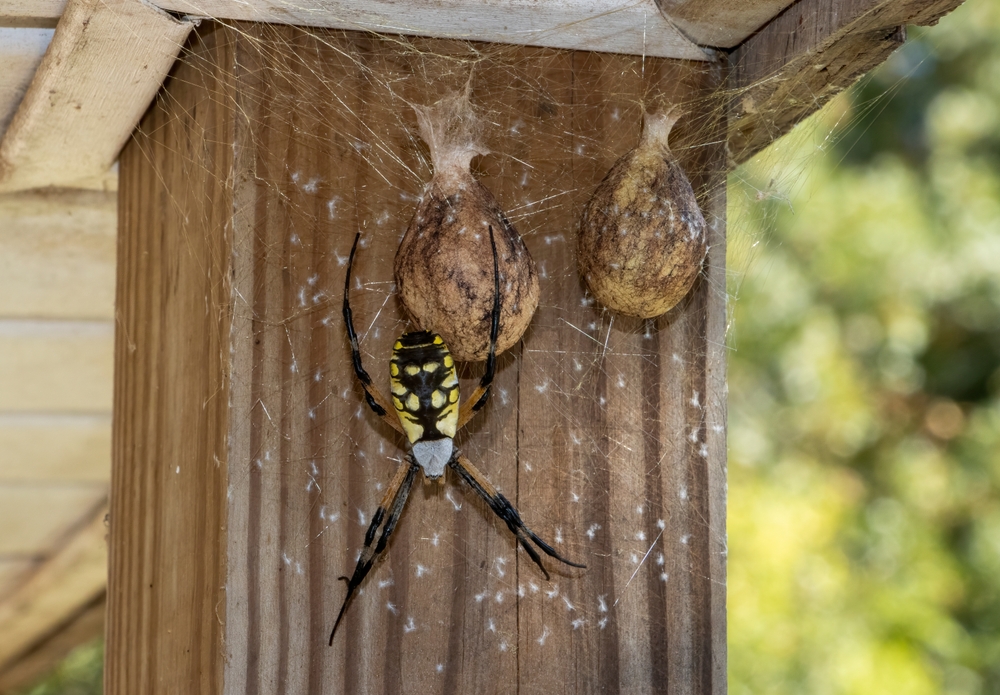
Spiders often evoke fear or disgust for many, with their eight legs and web-building prowess. However, they are critical in controlling insect populations, acting as natural pest managers in both agricultural and residential settings. A single spider can consume hundreds of insects in a year, reducing the need for chemical pesticides and protecting crops from damage. Their presence indicates a balanced ecosystem, as they are both predators and prey.
Beyond their ecological role, spider silk is a marvel of natural engineering. It’s incredibly strong and flexible, inspiring technological innovations in materials science. Despite their benefits, spiders are often killed out of fear, disrupting ecosystems and reducing biodiversity. Understanding their role can help foster a more harmonious coexistence with these misunderstood arachnids.
5. Vultures
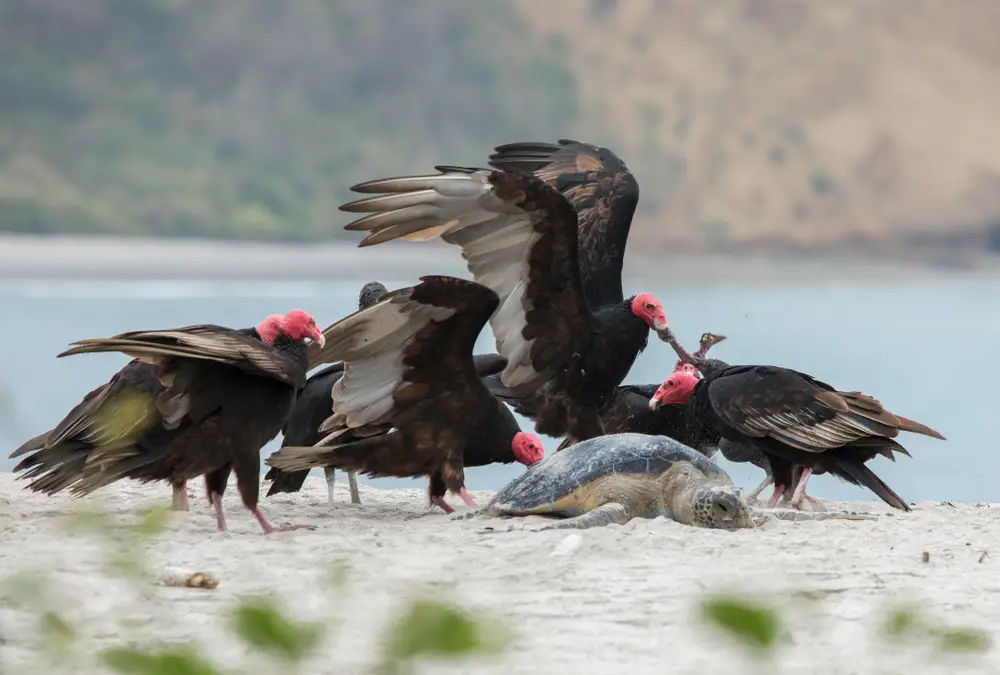
Vultures are often seen as grim scavengers, circling over scenes of death. Yet, they play a crucial role in the ecosystem by consuming carrion, thus preventing the spread of diseases that could affect humans and other animals. Their digestive systems can neutralize dangerous pathogens, making them nature’s cleanup crew. A study from the University of Utah emphasizes that vultures help regulate diseases like rabies and anthrax by efficiently disposing of carcasses.
Their decline in some regions has led to an increase in feral dog populations and associated health risks. Conservation efforts aim to protect vultures from threats like poisoning and habitat loss. Acknowledging their ecological importance can drive actions to sustain their populations. By keeping our environment clean, vultures support a balanced and healthy ecosystem.
6. Ants
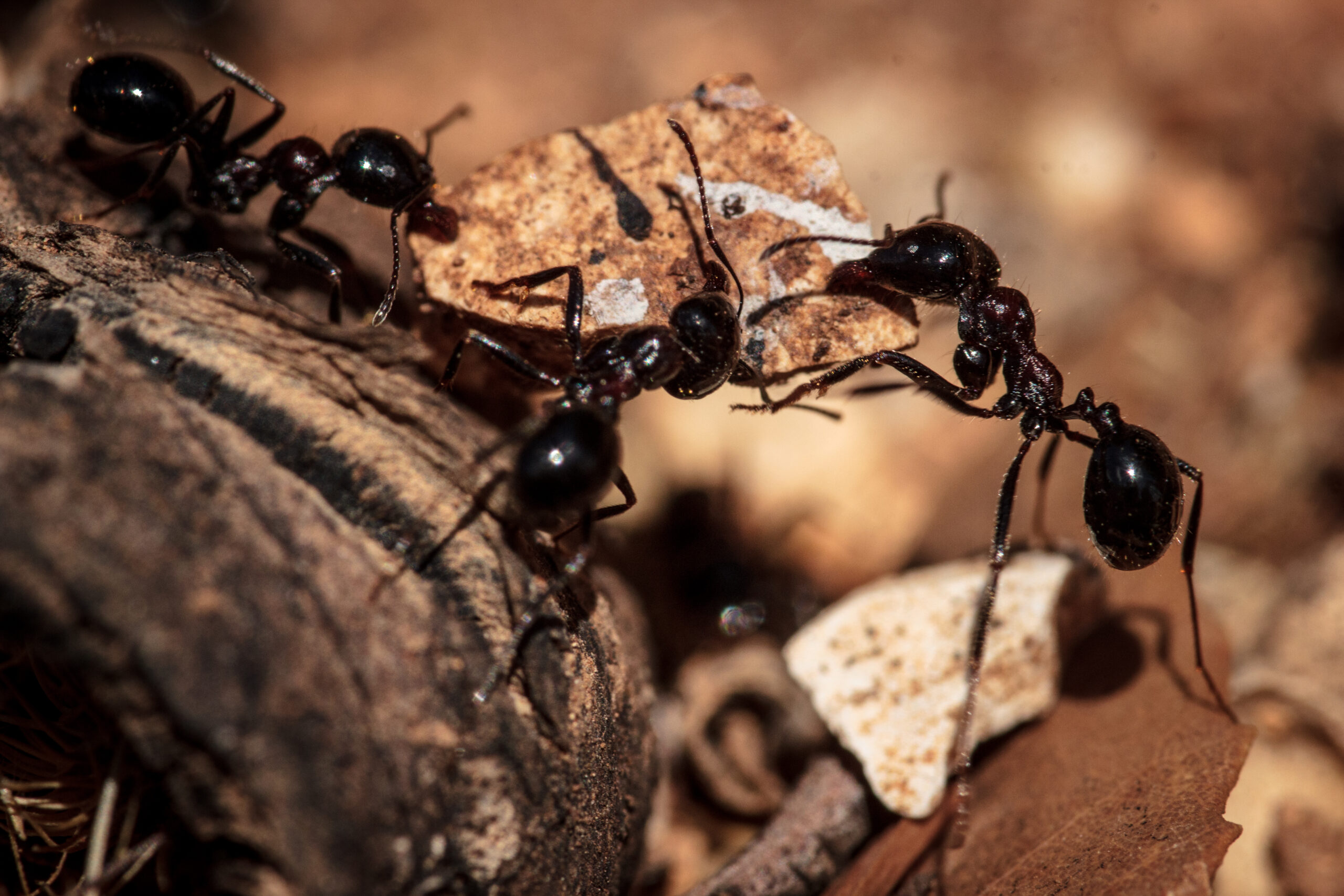
Ants might seem like a nuisance when they invade your kitchen, but these industrious insects are essential for healthy ecosystems. They aerate the soil, allowing water and oxygen to reach plant roots, and decompose organic material, recycling nutrients back into the earth. Ants are also seed dispersers, aiding in plant propagation and biodiversity. Their complex social structures and ability to adapt make them masters of their environments.
In agriculture, ants can act as natural pest control, preying on insect eggs and larvae. They contribute to maintaining the balance of nature, making ecosystems resilient to changes. Despite their small size, ants’ collective actions have a massive impact on the environment. So next time you see an ant trail, consider their larger role in sustaining life around you.
7. Rats
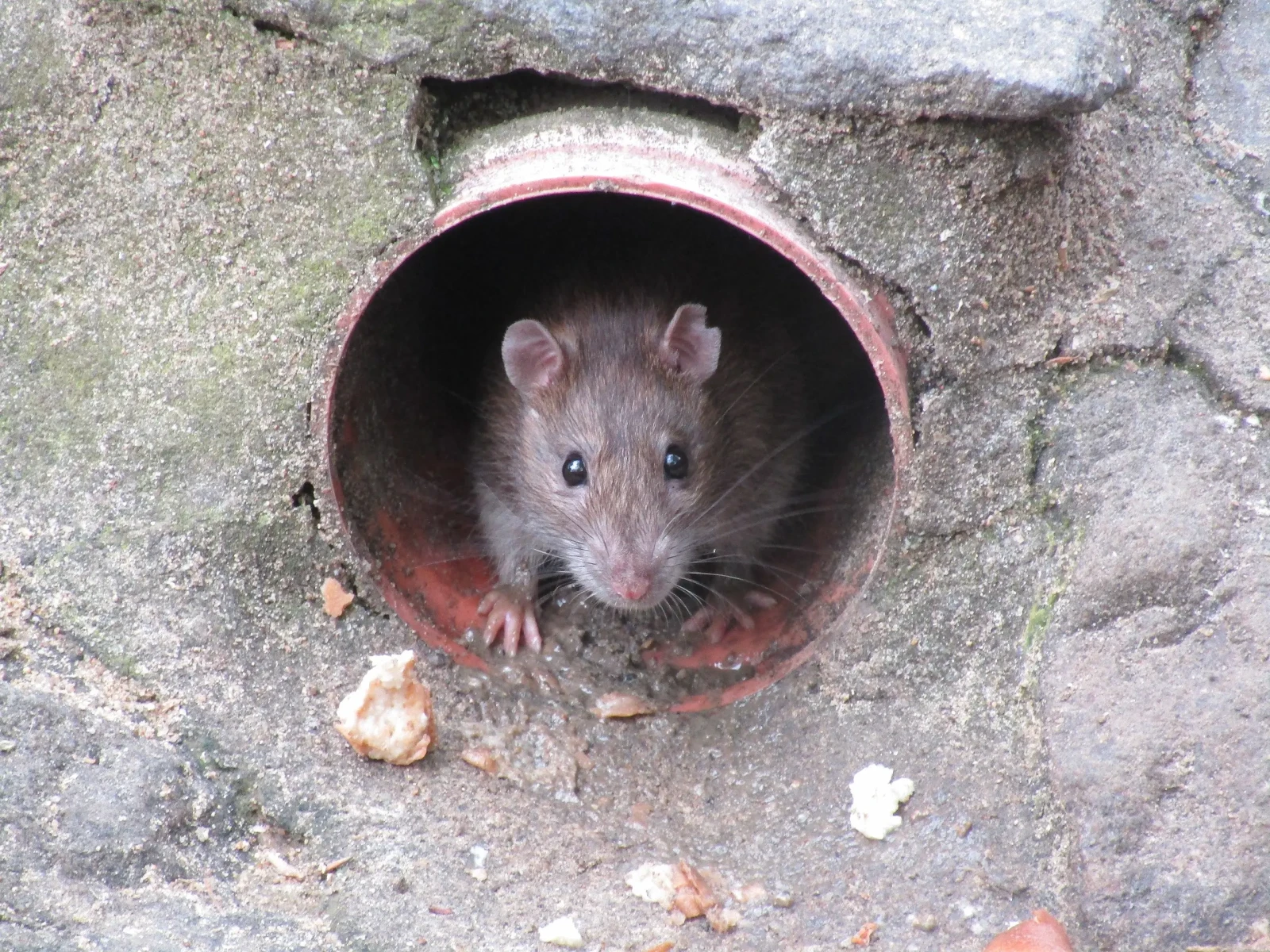
Rats often have a bad reputation as disease carriers and unwelcome intruders in urban settings. However, they play a significant role in scientific research, helping advance medical and psychological knowledge. Their biological and behavioral similarities to humans make them indispensable in laboratory settings. According to the National Institutes of Health, studies involving rats have led to breakthroughs in understanding diseases like diabetes and cancer.
In ecosystems, rats contribute to seed dispersal and act as prey for many predators, maintaining food chain dynamics. While they’re often seen as pests, their ecological and scientific contributions are undeniable. Protecting natural rat populations in wild areas supports biodiversity and ecological balance. Recognizing their roles beyond the stereotype can lead to more informed coexistence strategies.
8. Mosquitoes
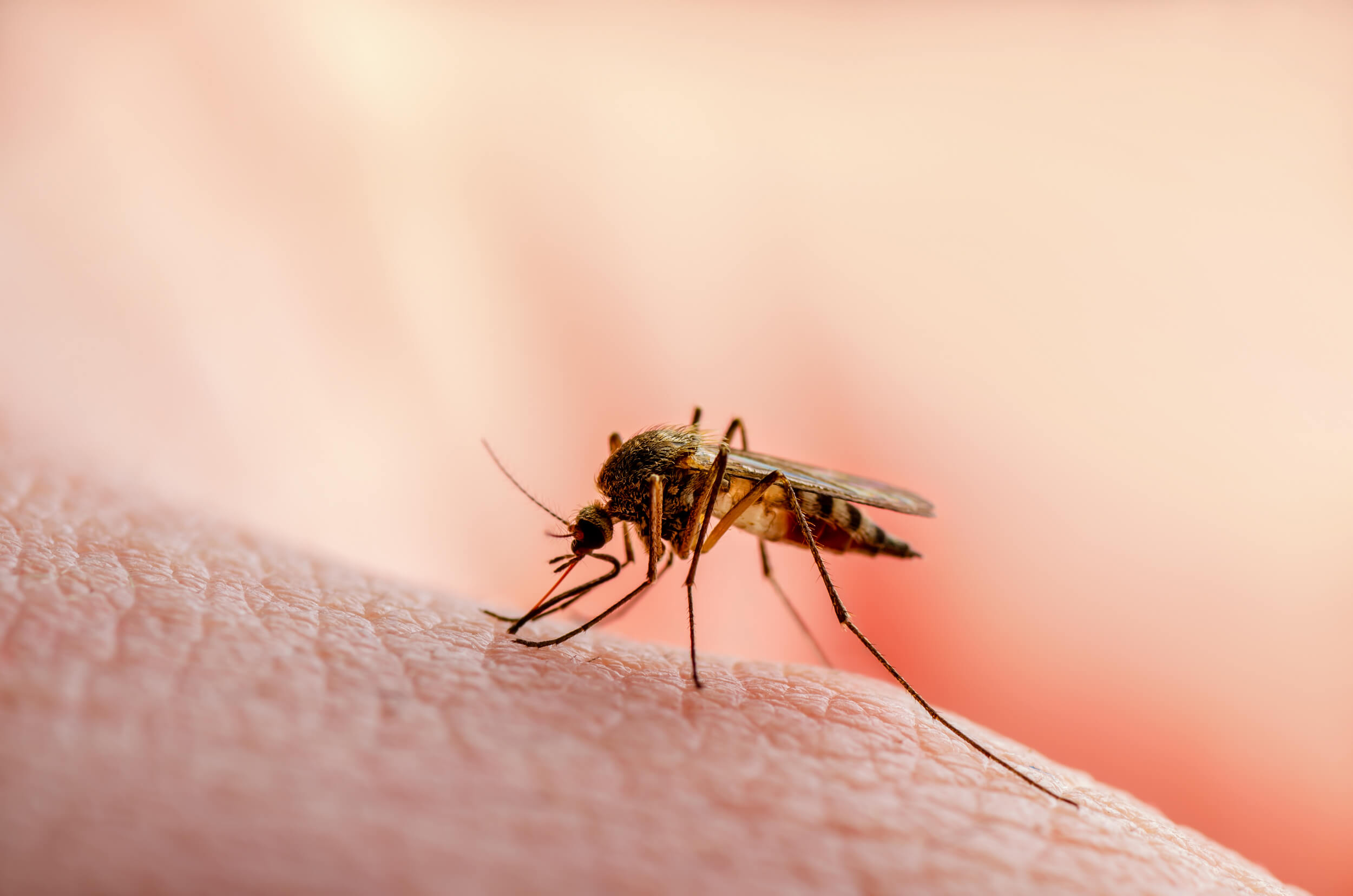
Mosquitoes are often considered the bane of outdoor activities, known primarily for their itchy bites and role in spreading diseases like malaria. Yet, they are crucial to the ecosystem as a food source for a variety of animals, including birds, bats, and amphibians. Moreover, male mosquitoes are pollinators, contributing to the reproduction of certain plants. While their bite may be bothersome, their ecological functions are vital.
Efforts to manage mosquito populations focus on reducing disease transmission while maintaining their ecological roles. Strategies like using biological control agents and habitat management are employed to balance these goals. Understanding the ecological importance of mosquitoes can guide sustainable management practices. While they might still test your patience, their existence is more complex than mere nuisance.
9. Termites
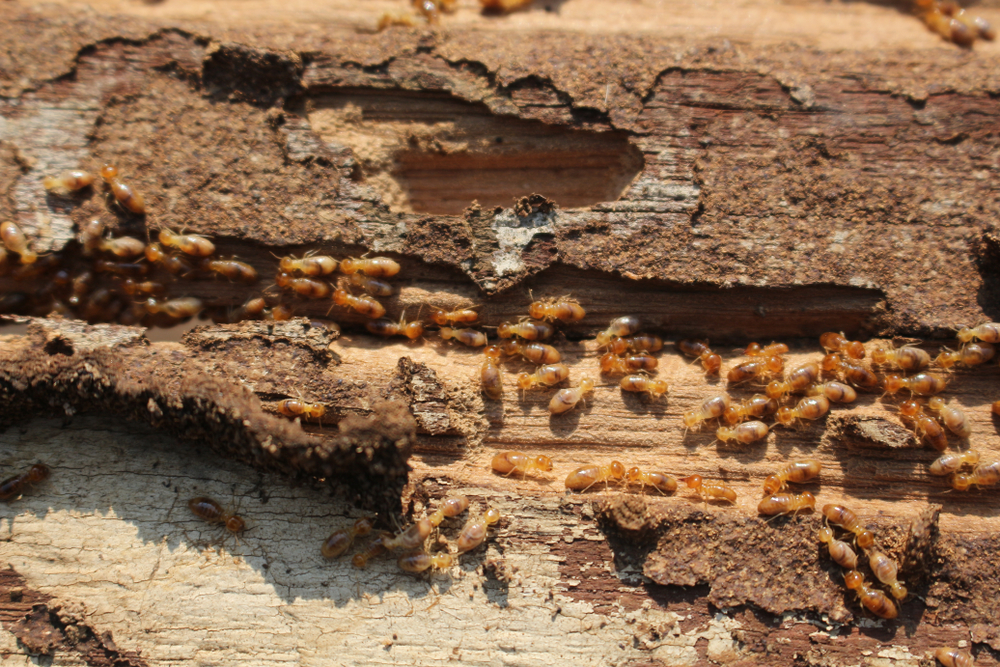
Termites are often the nightmare of homeowners, known for their ability to wreak havoc on wooden structures. However, in natural settings, they are critical decomposers, breaking down tough plant fibers and recycling nutrients back into the soil. This decomposition process is essential for healthy ecosystems, aiding in soil formation and fertility. Termites also play a role in carbon cycling, impacting global carbon storage.
Their mounds, found in some tropical ecosystems, enhance soil moisture and nutrient content, benefiting surrounding plant life. Despite their destructive potential in urban areas, termites are vital for maintaining the balance of their natural habitats. Implementing pest control measures that target them selectively can mitigate their negative impacts without harming ecosystems. Recognizing their ecological contributions can shift how you perceive these industrious insects.
10. Seagulls

Seagulls might be the classic beach pest, swooping down to snatch your sandwich, but they play significant roles in coastal and marine ecosystems. They are opportunistic feeders, helping to control fish and invertebrate populations and clean up organic waste. By doing so, they prevent the spread of disease and contribute to nutrient cycling. Seagulls are also important indicators of environmental changes, as their health reflects ocean and coastal ecosystem conditions.
In urban settings, they have adapted to scavenge from human refuse, inadvertently cleaning up waste. This behavior, however, can lead to conflicts with people, emphasizing the need for effective waste management to reduce human-gull interactions. Appreciating their ecological functions can guide better coexistence practices. Next time a gull eyes your snack, remember they’re more than just beach bandits.
11. Cockroaches
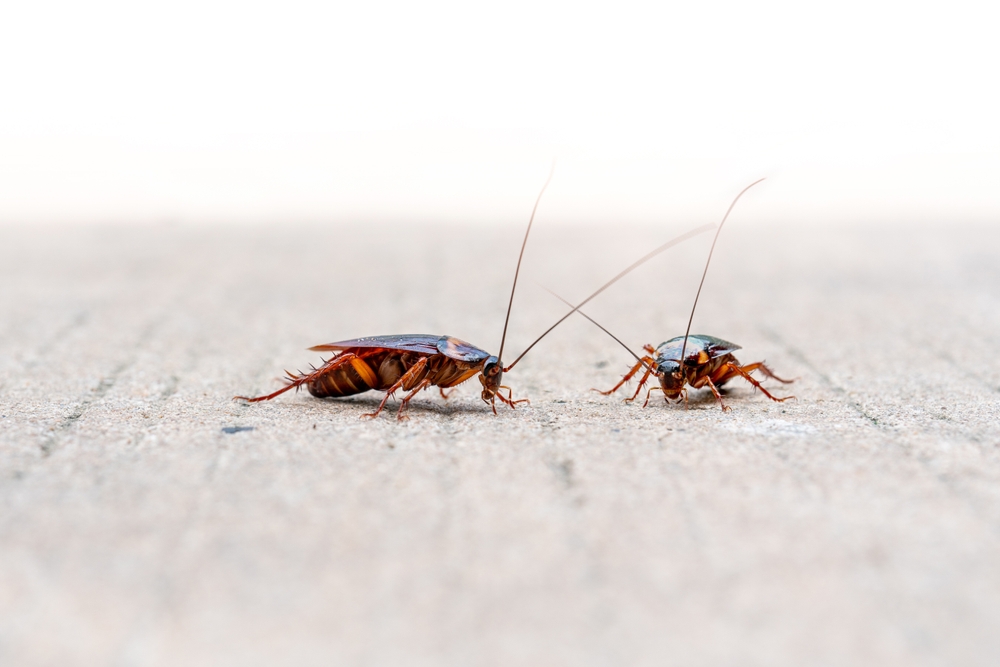
Cockroaches are often the unwelcome guests you never want to see, yet they play a vital role in natural ecosystems. As decomposers, they break down organic materials, recycling nutrients back into the soil and supporting plant growth. This process is critical for nutrient cycling and maintaining soil health. Despite their reputation, only a few cockroach species are pests, while most live unobtrusively in nature.
Their presence in urban environments often indicates unsanitary conditions, highlighting areas needing improved waste management. In the wild, they serve as food for a variety of predators, contributing to biodiversity. By understanding their ecological roles, you can appreciate their existence beyond the negative stereotypes. Managing their populations effectively can reduce conflicts while recognizing their environmental contributions.
12. Slugs and Snails
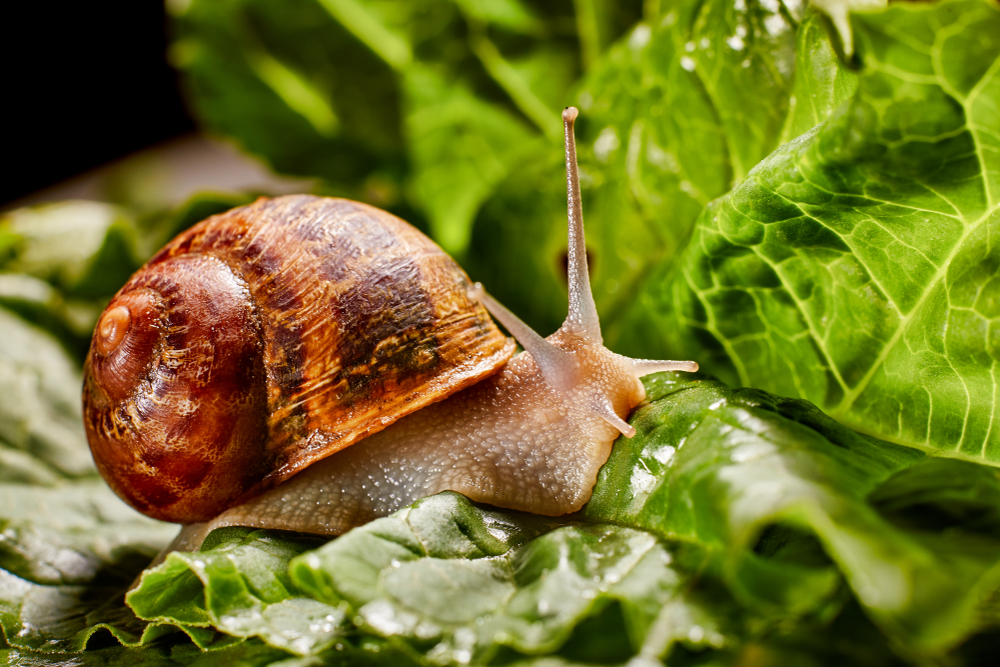
Slugs and snails might be the bane of gardeners, but their ecological roles are indispensable. They decompose organic matter, breaking down dead plant material and returning nutrients to the soil. This process supports plant growth and soil health, crucial for maintaining biodiversity. In addition, they are a food source for various animals, including birds, mammals, and amphibians.
Their presence in gardens can indicate a healthy ecosystem, despite their appetite for young plants. Implementing natural pest control methods can mitigate their impact without harming the environment. Recognizing their role in nutrient cycling can lead to more sustainable garden practices. Next time you spot a trail of slime, remember it’s part of the grand design.
13. Wasps
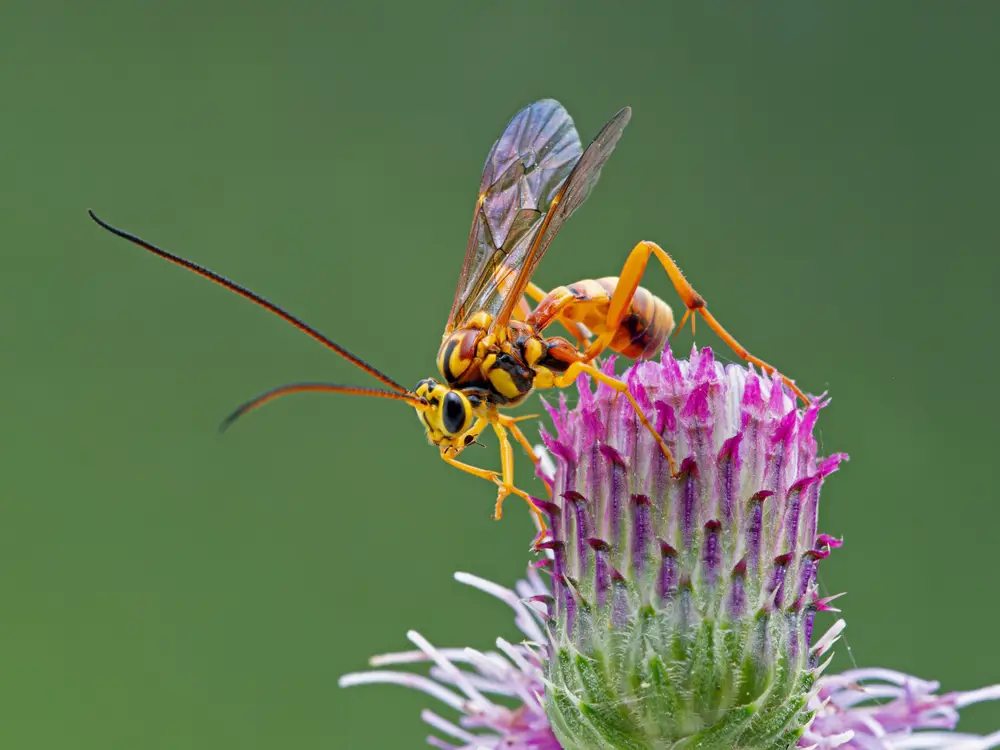
Wasps are often feared or swatted away for their painful stings, but they are vital predators that control insect populations. They help manage pests by preying on caterpillars and other insects that can damage crops. Their role in pest control reduces the need for chemical pesticides, making them allies in sustainable agriculture. Wasps also contribute to pollination, albeit less noticeably than bees.
Their nests, often seen as nuisances, are intricate constructions that provide insights into social behavior and insect architecture. While their defensive nature can lead to conflicts with humans, understanding their ecological functions can foster coexistence. Encouraging their presence in controlled environments supports biodiversity and natural pest management. Recognizing their contributions can transform fear into respect for these complex insects.
14. Pigeons
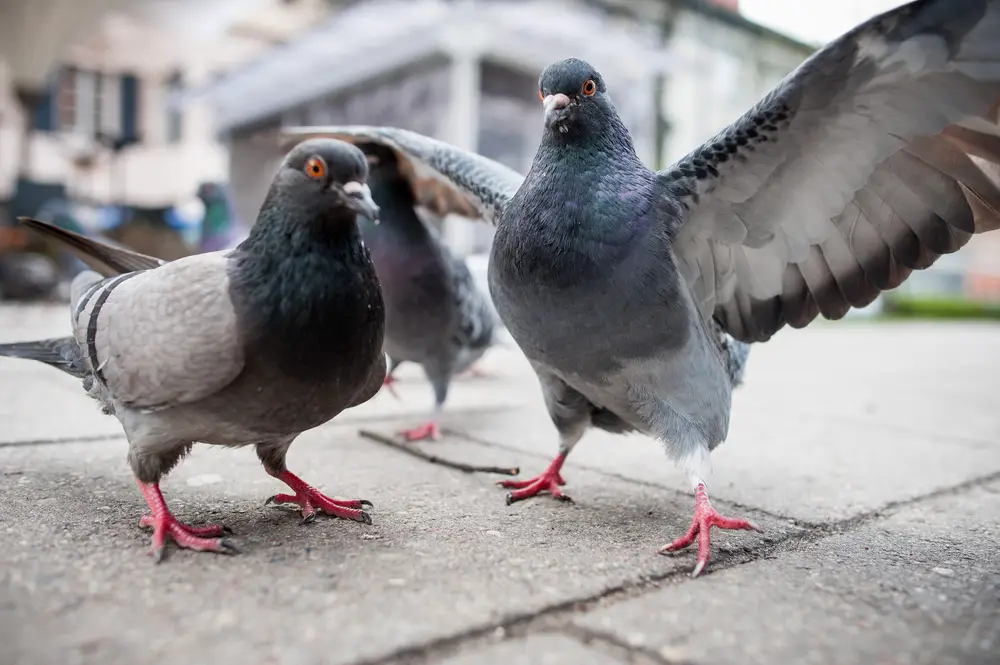
Pigeons, often called “rats with wings,” are ubiquitous in urban environments, but they play important ecological roles. Historically, they have been messengers and symbols of peace, yet today, they contribute to seed dispersal and nutrient cycling. As opportunistic feeders, they can adapt to various environments, helping clean up waste in cities. Their presence reflects the adaptability and resilience of bird species in urban settings.
Efforts to manage pigeon populations focus on maintaining balance without harming them, such as through habitat modification and waste management. Their adaptability offers insights into evolutionary processes and urban ecology. Understanding their roles can lead to more effective coexistence strategies in urban planning. Despite their reputation, pigeons are part of the rich tapestry of urban wildlife.
15. Mice
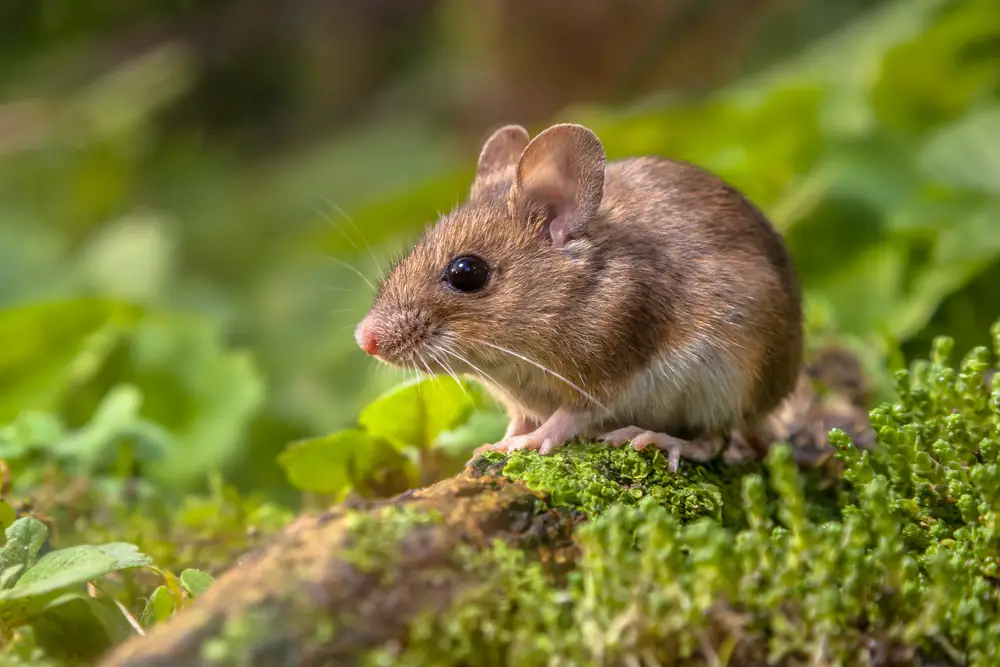
Mice might be unwanted guests in your home, but they play crucial roles in ecosystems as prey for numerous predators. Their presence supports food chains, contributing to the survival of birds of prey, snakes, and mammals. Mice are also seed dispersers, aiding in plant propagation and ecosystem diversity. In scientific research, they have been invaluable for medical and genetic studies, leading to breakthroughs in understanding human health.
While they can carry diseases and cause damage in human environments, managing their populations effectively can mitigate these issues. Recognizing their ecological and scientific contributions fosters a balanced view. Coexistence strategies that respect their roles in nature are essential for maintaining biodiversity. With their tiny paws, mice leave a significant footprint on both natural and scientific landscapes.
